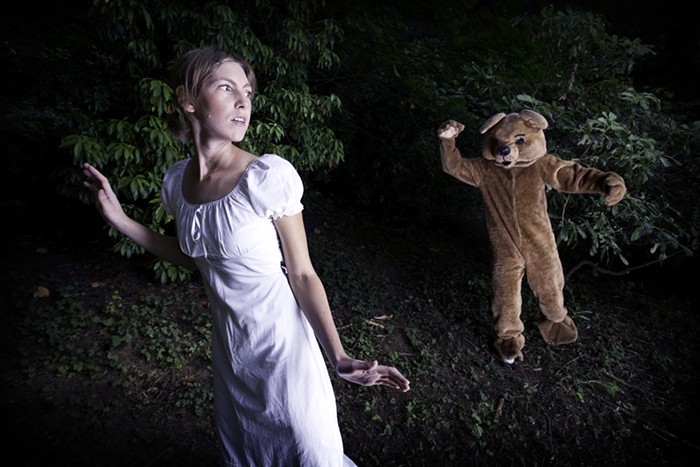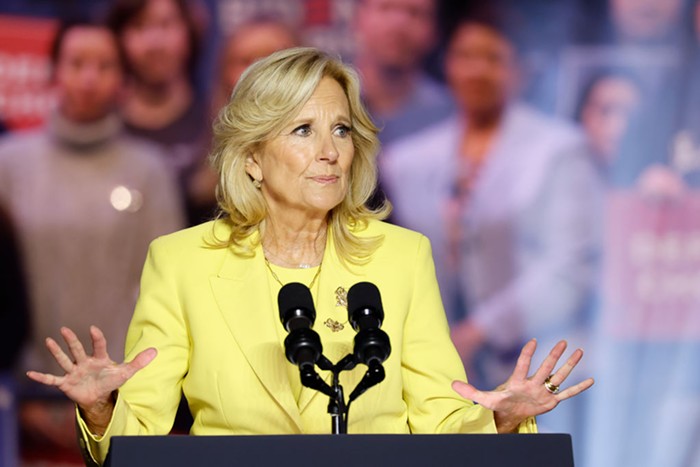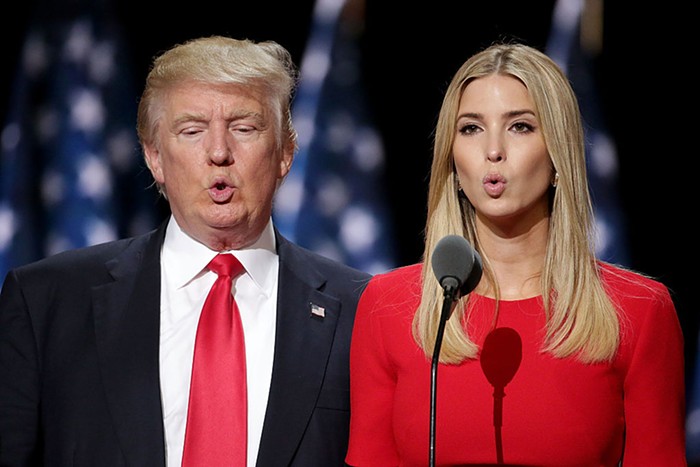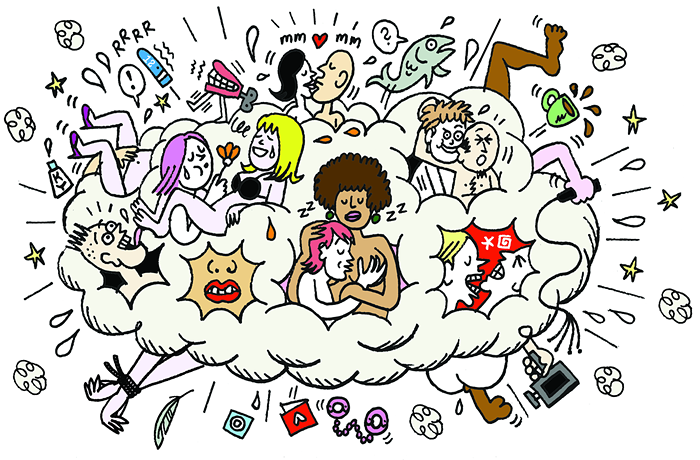Jeff Goldblum Is the Savior of Planet Earth
Jeff Goldblum: Resurgence > Independence Day: Resurgence
Starring Dr. Ian Malcolm as Himself
Ian Malcolm Should Have His Own TV Show. Here Are Some Ideas!
How to Talk Like Jeff Goldblum
Can You Talk Like Jeff Goldblum? Spoiler: No
Jeff Goldblum's Psychosexual Power
It Will Hold You in Its Thrall
The Day We Thought Jeff Goldblum Died
It Was the Saddest Day in History
Your Very Own Jeff Goldblum Paper Doll!
Featuring Stylish Looks from Jurassic Park, The Life Aquatic, Buckaroo Banzai, and The Fly!
Jeff Goldblum: The Ultimate Filmography of Our Greatest Living Actor
Jeff Goldblum... from A to Z!
I FIRST SAW INDEPENDENCE DAY in 1998, during Christmas vacation. It was while watching satellite technician David Levinson save the world from intergalactic terrorism that I first became aware of the confusing allure of Jeff Goldblum.
I was 10.
Jeff Goldblum was a fortysomething nerd in Rivers Cuomo glasses, wearing a thin white tank top under a flannel, all sweaty olive skin and furrowed brow and vague dissatisfaction, with a disarming streak of magnanimity. Behold: the enduring psychosexual power of Jeff Goldblum, the original confusing crush for girls like me everywhere, and a whisper in my young ears: Forget the hot, simple guy you're supposed to like! Go for the cranky scientist with daddy issues!
To get to the bottom of my obsession, I punted to Facebook. Twenty-plus friends and acquaintances, most of them women, responded with fervor: "He has an elegance about him," said one. "Tall, dark, handsome but also doesn't look like most other men in Hollywood." "Wow, I thought this was just me," said another.
Goldblum embodies the clever, low-key magnetism of numerous other sleeper-hit crushes women think we're alone in having. In a political climate that gleefully polices women's bodies and sex lives, we're told a lot about what desires we're allowed to express, and the Hollywood-industrial complex is positive we're into conventionally handsome male models, who—with apologies to the Hemsworths—don't strike me as great conversationalists. The hubris behind much of what's marketed to women is a simultaneous claim of clairvoyance into our desires and a complete disregard for what those desires might actually be.
This was especially true in the artistic wasteland of the late '90s and early '00s, a low point in American culture and an objectively dull time to come of age. In a world of Jonathan Taylor Thomas, no one would have thought to ask if it was really Jeff Goldblum we wanted. But it was.


















